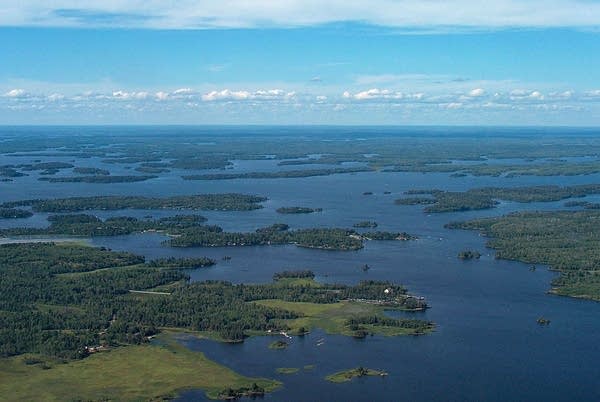From septics to sewers on Rainy Lake's south shore

Rainy Lake sits on Minnesota's northwestern border with Canada.
Photo courtesy of Voyageurs National Park
Go Deeper.
Create an account or log in to save stories.
Like this?
Thanks for liking this story! We have added it to a list of your favorite stories.


